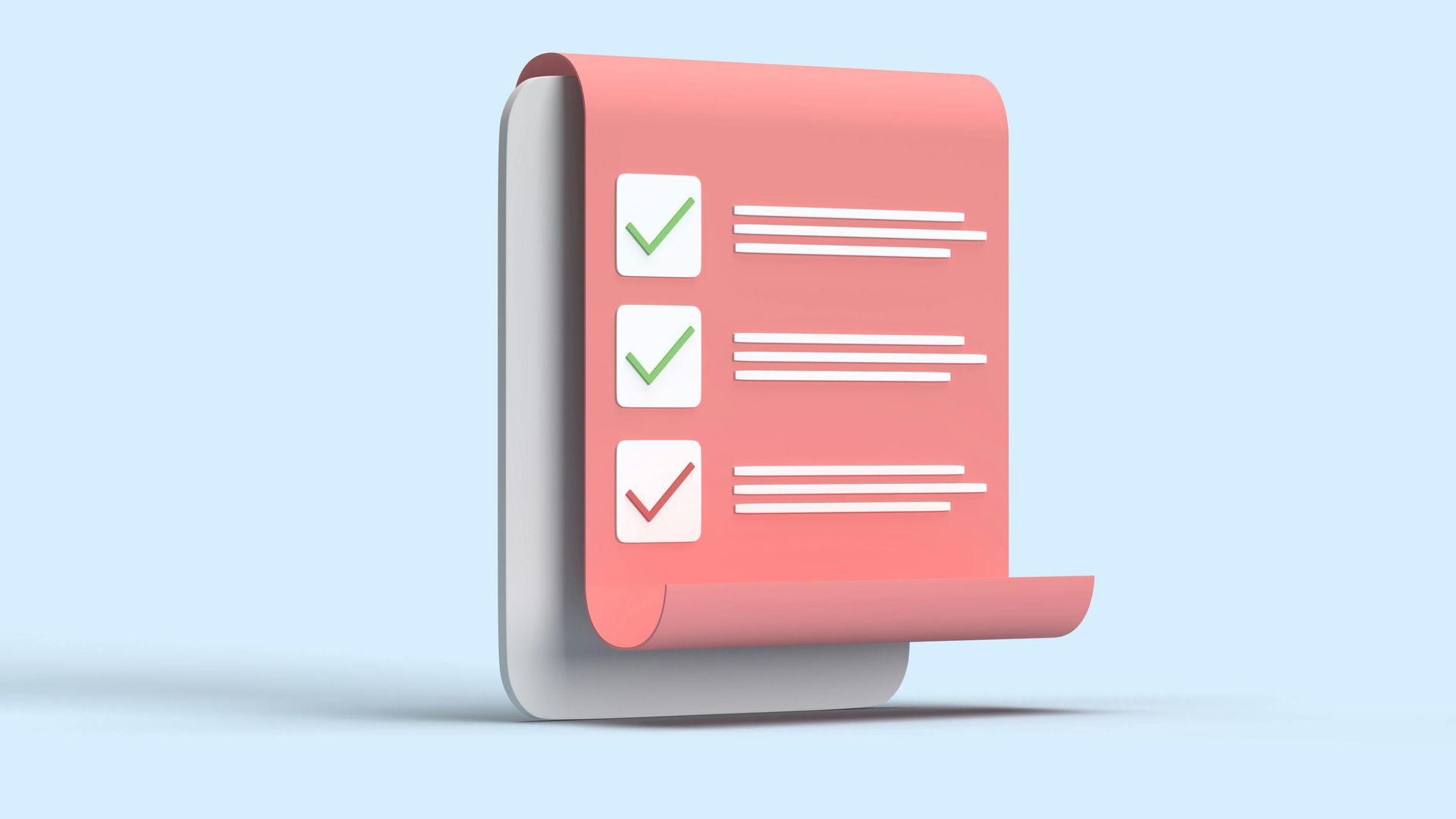The Process of Learning
What does it take to learn something new? The learning process isn’t complicated, but getting the most from what we learn does take discipline and intentionality. When we’re exposed to new information, we absorb it, assimilate it, mesh it with our existing knowledge, simplify it, and finally, regurgitate it. Sure, we can take shortcuts and skip a step here or there, but this can significantly compromise the realized potential benefit.
As a young kid, I struggled to read. Book after book after book, while I read the words and turned the pages, my mind wandered. I’d slow down, re-read, and take notes, but to no avail...my mind still wandered. For the life of me, I just couldn’t quite remember what I read. I couldn’t remember the characters, themes, or major events. Eventually, exhausted after hours of rereading the same material, I’d call it good enough and throw in the towel to play baseball with my brothers in our backyard. I’d tell myself, “That’s probably good enough. I’ve probably got the gist of it.”
Because I hadn’t processed or applied my knowledge,
it hadn’t stuck and I couldn’t logically articulate it.
But man was I wrong! Inevitably, I’d be asked to demonstrate my comprehension on a test or through a book report. Inevitably, this is exactly where I’d get stuck. I’d read the material, sometimes multiple times. I’d tried to absorb, organize, and comprehend it, but I’d really only captured disjointed pieces, pieces that were individually good, but wholly insufficient on their own. Because of this, I hadn’t processed or applied my knowledge. Because of this, it hadn’t stuck, and couldn’t logically articulate it. So, when asked to answer questions, I simply hadn’t captured enough detail to effectively do so.
The real value of learning comes from the ways we allow it to shape
and evolve our thinking followed by our attempts to apply it.
As I’ve grown, become an avid reader, and learned tricks to better absorb and retain information, I’ve spent a lot of time thinking about the challenges that come with making use of what we absorb and, in particular, the breakdowns that occur when we miss important stages of the learning process. Learning is a discipline and we must be both open to new ideas and intentional about the process if we, and those around us, are to benefit from it. The real value of learning comes not from taking in new material, but rather from the ways we allow it to shape and evolve our thinking followed by our attempts to apply it. It’s the application process that makes it come alive, embedding it into our minds as something we know, have given deep thought to, and have experienced in the real world.
What are the key components:
- Absorption - We access and absorb new information. (Like reading a book or article or listening to a podcast.)
- Assimilation (Organization) - We organize new information. This is where we tend to look for patterns based on our current knowledge and experiences. This is where we are likely to be lazy, and may want to skip ahead. We take it in, relate it to what we know, and are ready to move on. But stopping here prevents it from expanding our field of view.
- Percolation - This is the 1st of the 3 steps that transform what we’ve absorbed. This step broadens our views as we think about it, and relate it, in ways beyond our existing patterns. Like a good cup of coffee, new information needs time inside of our heads to mesh with our existing knowledge and experiences. This is where we toss it around, allow it to challenge our previous truths, and allow new thoughts to form. And like coffee, the more we rush the process, the more we compromise the result.
- Compression - It’s not enough to wrestle with the information and let it transform your thinking. The next step is to figure out how to communicate what’s in your head in a way other people can absorb. You’ve gone on a journey to reach a moment of clarity. The process of whittling down the vast pool of thoughts that have driven you to a moment of clarity drives an even deeper clarity around what’s important vs supportive vs superfluous. Work towards conveying it in a way others can easily comprehend without having to invest the same time and energy you did.
- Application - Applying what you’ve learned, and teaching others, moves your new ideas from something learned (Head knowledge) to something known (Life experience). Ultimately, this helps the ideas permanently take root in you (Vs. a passing thought forgotten in time) and readies you to repeat the cycle (Whether to build on these new ideas or generate wholly new ones).









